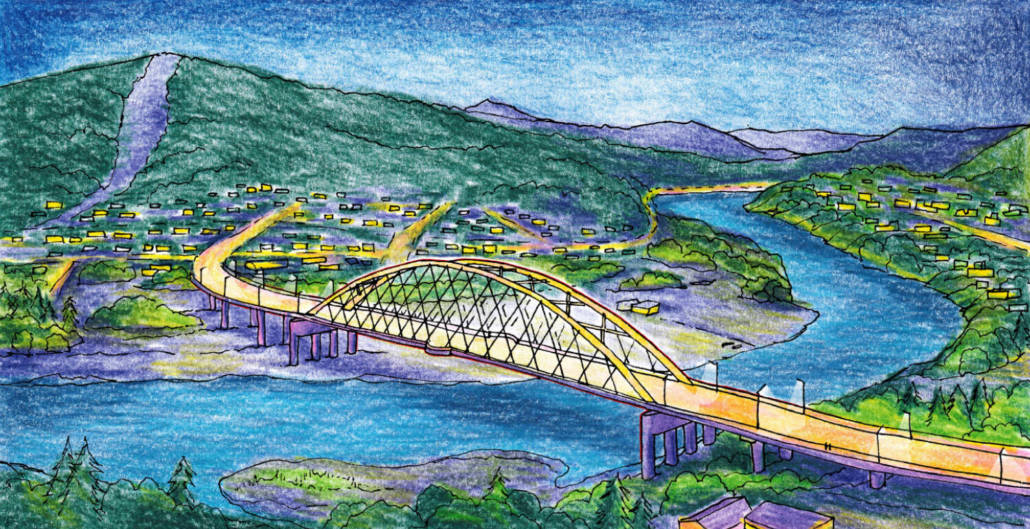Donald MacDonald Bridge Architects is working with Biggs Cordosa and Sonoma County to provide bridge aesthetic consultation on the Monte Rio Bridge replacement project. Our team has leveraged the public process to guide the selection of the alignment and the bridge type, a tied arch. As part of the process, a series of architectural concepts were developed with community input. The concepts focused on the selected key ecological and cultural aspects illustrated below.









